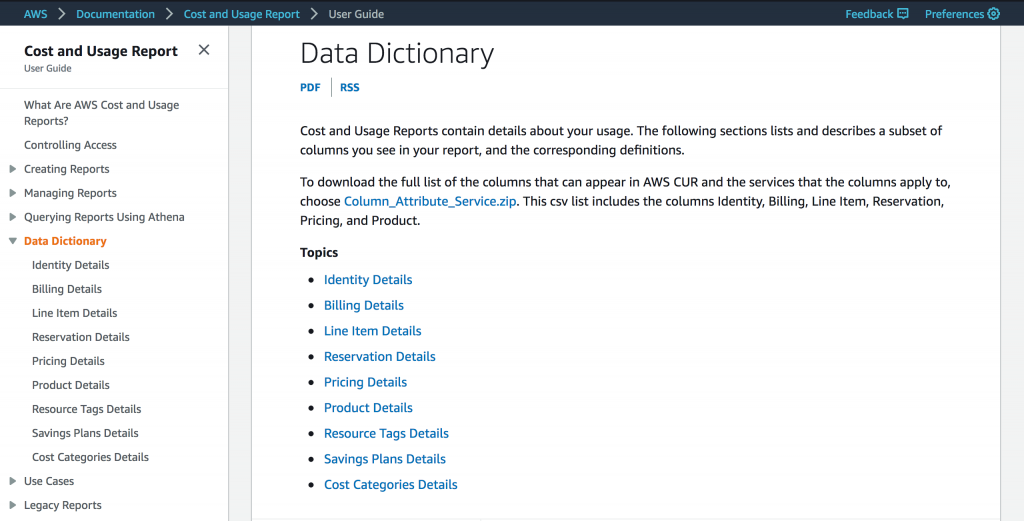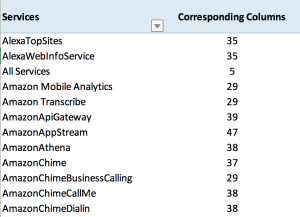AWS Cloud Financial Management
Customer Obsession: AWS Cost & Usage Report Technical Documentation
AWS is unlike any other place I’ve ever worked. I’m not just saying this just because my 10-month-old Samoyed puppy is snoozing at my feet as I write this from my daily 20th floor downtown Seattle perch or because an engineer just stopped by with a spare General Porpoise donut for me that survived standup (as many of you know, free food doesn’t last long in the technology field without a strong advocate).
And yes, while all of the things I just described are remarkable, one of the things I’ve been most impressed by is how deeply my colleagues care about the most specific things.
Today’s example of relentless customer obsession is the result of a recent passion project undertaken by a Program Manager on my team and our Technical Writer that resulted in a useful improvement to the AWS Cost & Usage Report technical documentation.
Cost & Usage Report Overview
The AWS Cost & Usage Report is effectively a mega-spreadsheet full of your cost and usage information. Not only does the AWS Cost & Usage Report contain your costs and usage, but also information regarding pricing, Savings Plans, Reservations, and more! And, as you can imagine, with all of your data at your fingertips, it can be a bit difficult to get started.
And this is where the newly-revamped technical documentation I mentioned above can come in really handy. You can skip to the finish line here.
Using the Cost & Usage Data Dictionary
As I mentioned, AWS provides quite a bit of data to you via the Cost & Usage Report. In fact, depending on your usage, there can be around 200 columns!
In order to make it easier for you to quickly get a sense of what these columns are, the team has spent the last few months compiling a data dictionary, which is accessible via the Report Details section. Bada-bing, bada-boom!

And, within this section, the columns that we tend to hear the most questions about are the Product Details and Reservation Details.
Downloading the Column Attributes Zip File
During their conversations with customers, it emerged that most (if not all) of you just so happen to be spreadsheet wizards. It also became clear that many of you are looking for a quick column reference that lives not on a webpage, but in spreadsheet form. After taking this feedback into account, the team put together a quick CSV that captures the full list of columns that can appear in the Cost & Usage Report, as well as the individual services applicable for each column.
The team also went through and added a description, sample values, applicable line items, and the services supported for each column within the individual Report Details sections. I typically create a quick pivot where I review the services and their associated columns (see below), but it’s entirely up to you.

Update: Dedicated Cost & Usage Report User Guide
Another popular request that we’ve been hearing from many of you is that you would like a dedicated Cost & Usage Report user guide. As part of this redesign, our writer kindly went through and created a dedicated guide.

Conclusion
So, if you’re looking for a quick way to help your colleagues ramp up on the AWS Cost & Usage Report, this may be your best bet. If you are ready to learn more about how you can use Amazon Athena to query the Cost & Usage Report, I would recommend checking out the Querying your AWS Cost and Usage Report using Amazon Athena blog post.
And, since I mentioned my puppy up there in the opener, here’s a quick snap:
